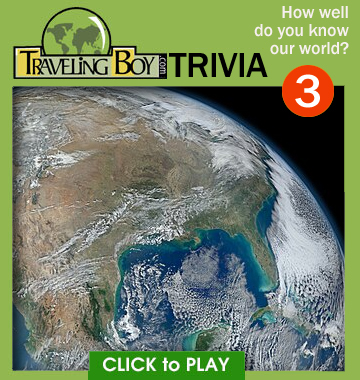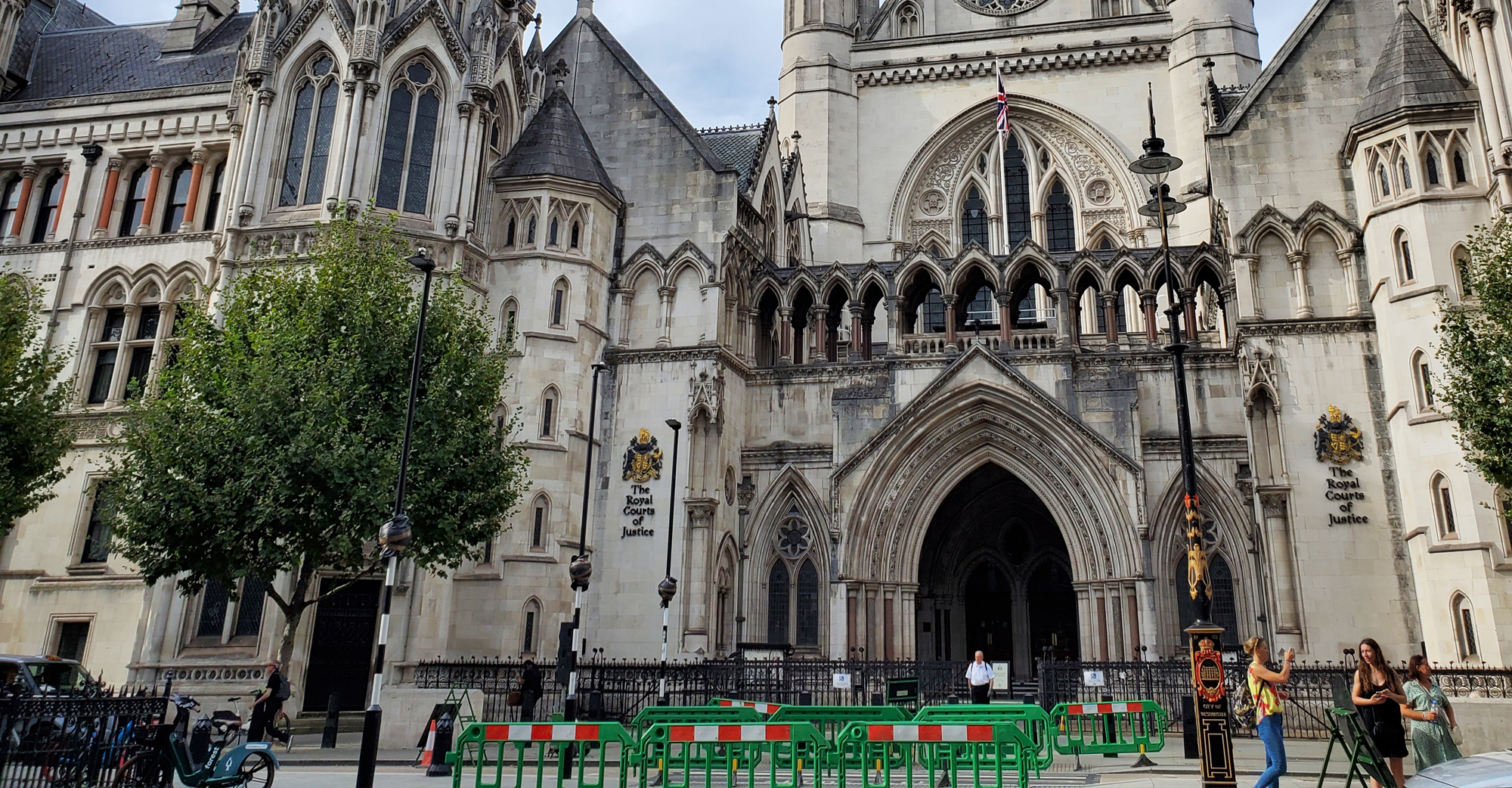Come on and play Traveling Boy’s Trivia Game. Only you will see the results.
Trivia 4: WATER

Congratulations - you have completed Trivia 4: WATER.
You scored %%SCORE%% out of %%TOTAL%%.
Your performance has been rated as %%RATING%%
Question 1 |
Answer: a. True
Water covers about 71% of the earth's surface. 97% of the earth's water is found in the oceans (too salty for drinking, growing crops, and most industrial uses except cooling).Question 2 |
Answer: a. False
Only 1.2 percent of three percent Earth's fresh water can be used as drinking water.Most of our drinking water comes from rivers and streams the rest is locked up in glaciers, ice caps, and permafrost, or buried deep in the ground. Most of our drinking water comes from rivers and streams.
Question 3 |
Answer: c. Greenland
The two ice sheets on Earth today cover most of Greenland and Antarctica. During the last ice age, ice sheets also covered much of North America and Scandinavia. Together, the Antarctic and Greenland Ice Sheets contain more than 99 percent of the freshwater ice on Earth.Approximate distribution is: 91% in Antarctica. 8% in Greenland. Less than 0.5% in North America (about 0.1% in Alaska
Question 4 |
Answer: c. Pakistan
With more than 7,253 known glaciers, Pakistan contains more glacial ice than any other country on Earth outside the polar regions. Almost all of them are located in the northern regions of Gilgit-Baltistan and Khyber Pakhtunkhwa.Argentina, Chile, Norway and U.S. (Alaska) have polar regions.
Question 5 |
Answer: b. False
Glacial fed rivers, streams and lakes are not clear or safe to drink.Glacial tills can include rock flour, clay, silt, sand, gravel, cobbles and boulders depending on the source rock, the mode of deformation, the mode and distance of transportation and the mode. of . Glacial flour is that smallest size of sediment (much smaller than sand) and is responsible for the milky, colored water in the rivers, streams, and lakes that are fed by glaciers
If you were to drink straight glacial water, you would likely be consuming fecal matter and bacteria with it. Additionally, the U.S. National Parks Service (NPS) recommends against drinking water from a natural source that hasn't been filtered or purified.
